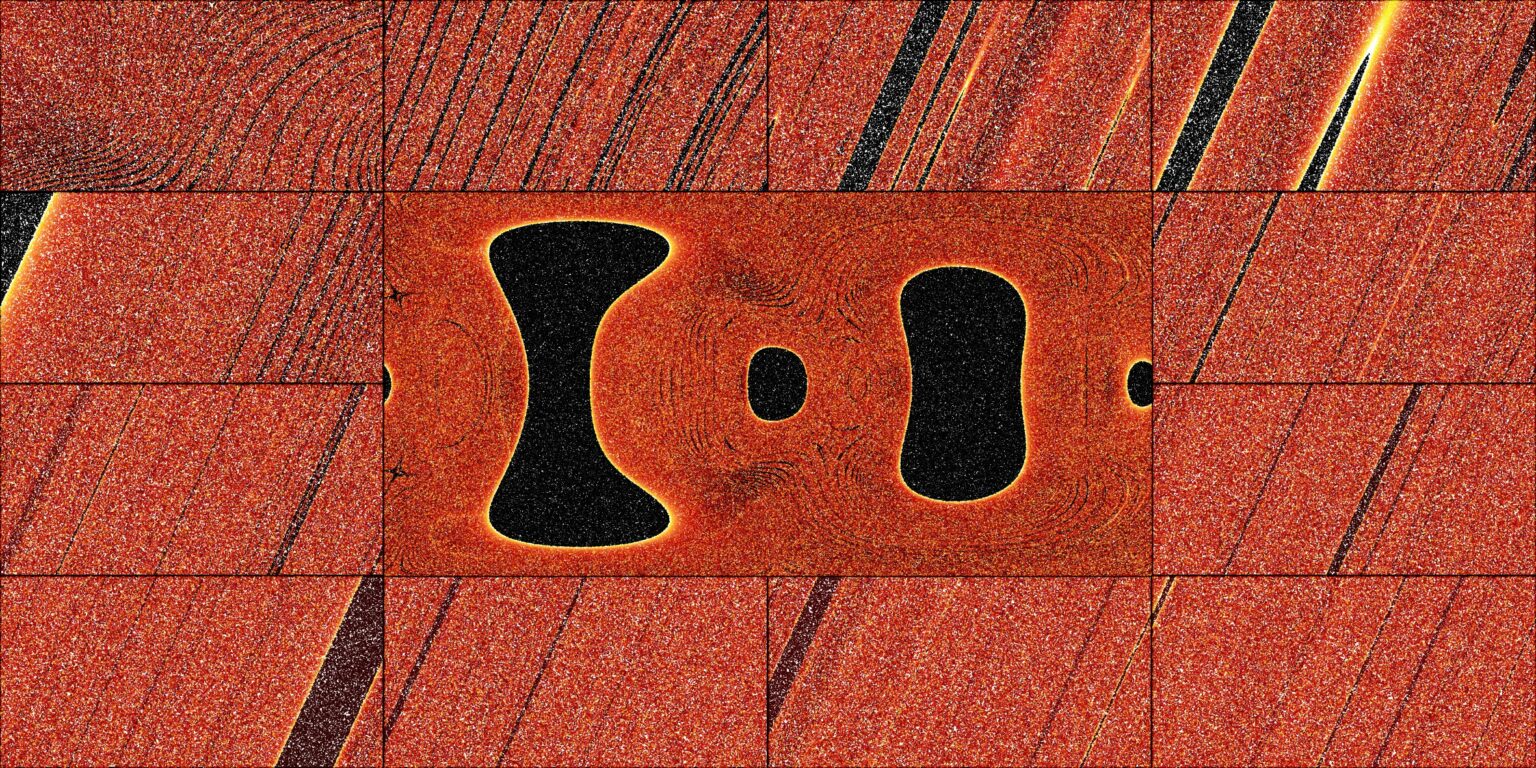A researcher from the University of Copenhagen has conducted thousands of simulations of the three-body problem and found that among its many chaotic solutions there are “islands of stability” in which objects behave predictably.

Three-body problem
Alessandro Alberto Trani of the University of Copenhagen recently published a paper on solving the three-body problem. It is distinguished from the other numerous publications on this topic by the author’s approach, which made it possible to find “islands of stability” among its solutions.
The three-body problem itself is known to the general public thanks to the fantastic novel of the same name by Liu Cixin and its two film adaptations. They also briefly and popularly present the whole set of problems associated with it.
If we have two bodies interacting in space, we can easily predict their behavior at any time interval using only Newton’s laws of motion and his law of universal gravitation, knowing their parameters such as mass, size and motion vector.
But if a third body is introduced into the system, all calculations become much more complicated, and the interaction of the bodies has to be calculated separately for each moment of time, and their behavior becomes unpredictable.
New approach
It cannot be said that scientists had not succeeded in solving the three-body problem by Trani’s time. There are an incredible number of papers in which authors have applied various methods from traditional math to artificial intelligence and have found some individual solutions to it or have drawn general conclusions as to how it can be solved.
But Trani did take a different approach. He applied computer modeling and simply created a program that searches through millions of possible combinations of three-body interactions using only Newton’s laws. In his simulation, two objects rotate one relative to the other while the other approaches them closely at different angles.
Meanwhile, he held a certain space of solutions, each of which was different from the others. Most of them, as it is supposed to be, turned out to be chaotic. But there were some in which the behavior of bodies was quite predictable.
Moreover, they turned out not to be scattered all over the sets, but grouped into certain areas, islands of stability. The author himself claims that all this is of great importance for science, but at the same time challenges it.
However, in fact, it is far from news to scientists that the three-body problem has stable solutions. The other thing is that the new work provides more information about when such solutions exist.
According to: phys.org


